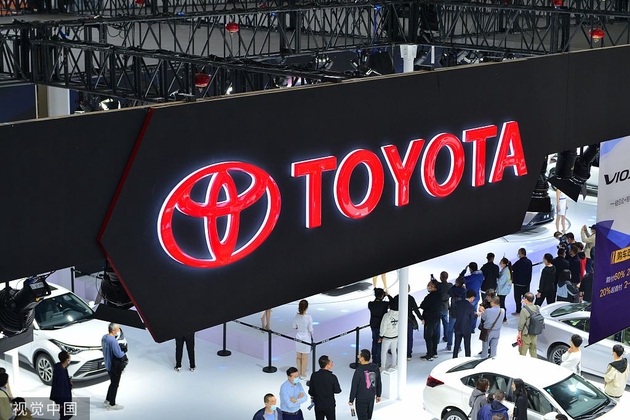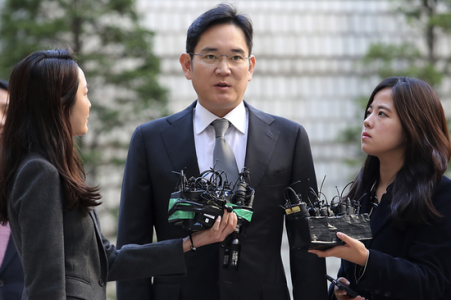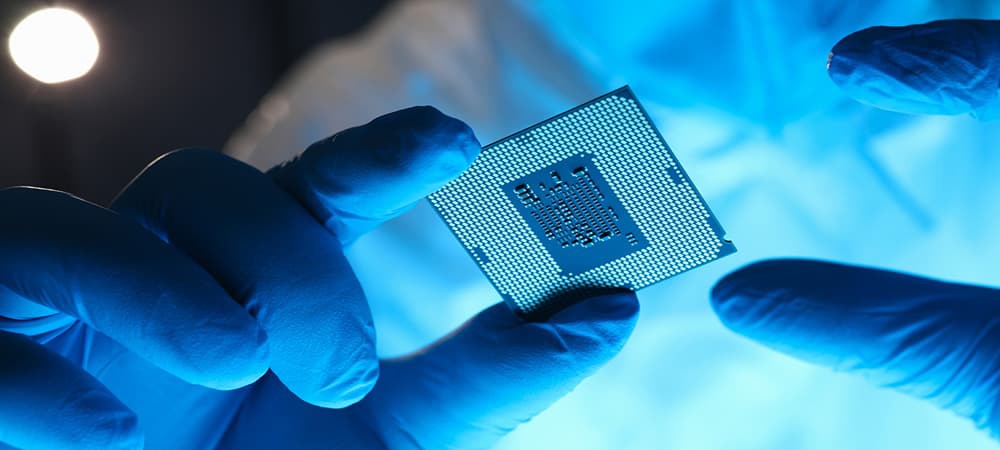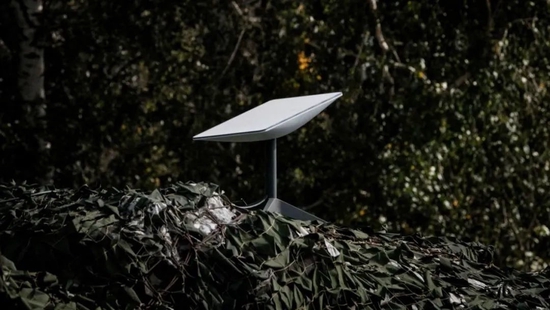your current location is:Home > TechnologyHomeTechnology
The memory chip market is down, and Micron, SK Hynix, etc. cut costs and cut production "over the winter"
The memory chip market, which is an industry barometer, continues to decline, forcing major memory manufacturers such as Micron, Samsung, and SK Hynix to continue to adjust their business.
The bulk of the shipment of memory chips is occupied by two types of chips, DRAM (memory) and NAND flash memory, which are mostly used in personal computers, mobile phones and other products. With the obvious decline in downstream consumer demand, many terminal companies have delayed purchases, resulting in a further increase in memory chip inventory pressure.
According to market research firm TrendForce, the average contract price of DRAM in the second quarter of this year fell by 10.6% year-on-year, the first drop in two years. Taking the quotation of DDR4 2666 8GB products as an example, the price on October 11 was US$2.45, which was nearly 30% lower than that of a year ago.
The agency said that the strategy of various DRAM suppliers to increase market share remains unchanged, and there have been cases in the market of "consolidated price negotiations in the third and fourth quarters" or "negotiating prices first" in order to stabilize orders, which will lead to the fourth quarter. The decline in DRAM prices widened to 13%-18%.
NAND flash prices are also falling. Research by TrendForce pointed out that NAND flash memory is currently in a state of oversupply. In the second half of the year, major end customers are increasing their destocking efforts and significantly reducing purchases, resulting in significant price cuts by chip manufacturers to consolidate orders. In the third quarter, wafer prices fell by 30%-35%. Due to the weak terminal demand of various NAND flash memory, the original factory inventory has risen rapidly, and the price decline of NAND flash memory is expected to expand to 15%-20% in the fourth quarter.
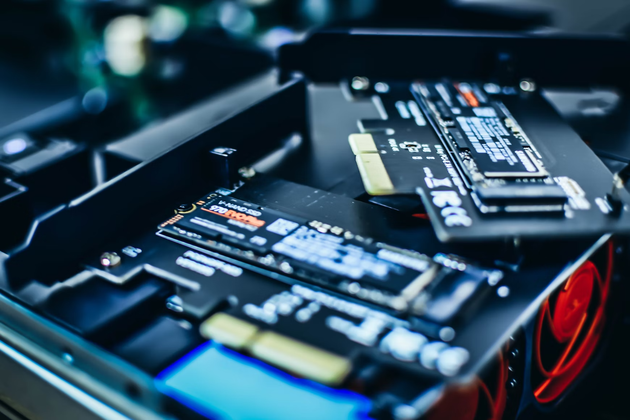
Overall, both PC and mobile phone shipments have declined sharply this year. Worldwide PC shipments fell 19.5% year-on-year in the third quarter, the biggest drop in more than 20 years, according to Gartner. The computer maker shipped 68 million PCs in the most recent quarter, down from 84.5 million a year earlier. Gartner analyst Mikako Kitagawa said, "This quarter's shipment results may mark a historic slowdown in the PC market." According to Canalys, global smartphone shipments fell to 287 million units in the second quarter, a sign of the outbreak. The quarterly low since the second quarter of 2020.
Affected by this, the performance of major memory chip manufacturers was dismal last quarter. After the US stock market closed on September 29, the US memory chip company Micron announced its fourth fiscal quarter results for fiscal year 2022 as of September 1. Its revenue fell 19.71% year-on-year to $6.643 billion, which is the highest since the second fiscal quarter of fiscal year 2021. The lowest revenue; net profit fell 45.15% year-on-year to $1.492 billion.
Micron's various financial indicators are obviously lower than expected, reflecting from the side that the decline in the end market is expanding, and the operating pressure will continue to increase in the next six months.
Micron pointed out that the decline in performance in the fourth quarter was mainly due to the rapid shrinking of the personal consumer market for mobile phones and PCs, which led to downstream manufacturers adjusting their inventories. In addition, the data center and industrial businesses have turned weak, as the cloud and data center markets continue to face some supply chain constraints, and related customers are also reducing the inventory of data storage equipment amid the uncertain trend of the overall economic environment. According to the financial report, Micron's inventory increased to US$6.663 billion in the quarter, a record high, and inventory accounted for more than 10% of total assets.
The performance of another major storage giant, Samsung Electronics, is also not optimistic. On October 7, Samsung announced its third-quarter performance report, with an estimated revenue of 76 trillion won (about 382 billion yuan) and an operating profit of 10.8 trillion won (about 54.289 billion yuan). Based on this calculation, Samsung's operating profit in the third quarter will drop by 31.73% year-on-year, which is the first single-quarter year-on-year decline in the past three years.
Micron and its peers are accelerating production cuts and capital expenditures amid tightening demand. Micron CEO Sanjay Mehrotra said that the company will reduce the production capacity of some DRAM and NAND flash memory products, adjust the inventory situation as soon as possible, and expect total capital expenditure in fiscal 2023 to drop by more than 30% year-on-year to $8 billion, of which the purchase of wafer manufacturing equipment will be used. Capital expenditures will drop by about 50%.
Micron believes that the current supply chain inventory squeeze is expected to improve by early 2023, when the supply of DRAM and NAND flash memory will be much lower than demand, and the market is expected to rebound from the second quarter of next year.
Another major Japanese memory chip manufacturer, Kioxia, also announced production cuts on September 30, saying that its Yokkaichi and Kitakami factories in Japan, which produce NAND flash memory, will adjust production and reduce production by 30% from October. The cuts would be the largest in nearly a decade. Kioxia said that it will adjust production according to demand trends to balance the company's production and sales.
In addition, SK hynix also said that considering the inventory level at the end of the year, it is carefully reviewing production and capital expenditure to meet market demand in 2023. According to South Korean media reports, SK hynix will significantly reduce its capital expenditure next year, considering weak memory demand. With the oversupply of chips, the company has been cutting orders from equipment factories since the end of September.
Unlike Micron and Kioxia, Han Jin-man, global marketing director of Samsung's storage business, recently revealed that he will not consider reducing the production of memory chips. He said Samsung's basic stance is that it should not artificially reduce production, and it is trying to ensure that there is no chronic shortage or excess of chip supply. As a leader in NAND flash memory, Samsung used to be good at expanding production in reverse in times of economic downturn in order to expand its market share. It is not clear whether Samsung is willing to actively reduce production in the next stage.
Previous:NASA announces successful test mission to push asteroid out of orbit using spacecraft impact
Next:Microsoft will push free P-map software: challenge the king Adobe to suppress the upstart Canva
related articles
Article Comments (0)
- This article has not received comments yet, hurry up and grab the first frame~






